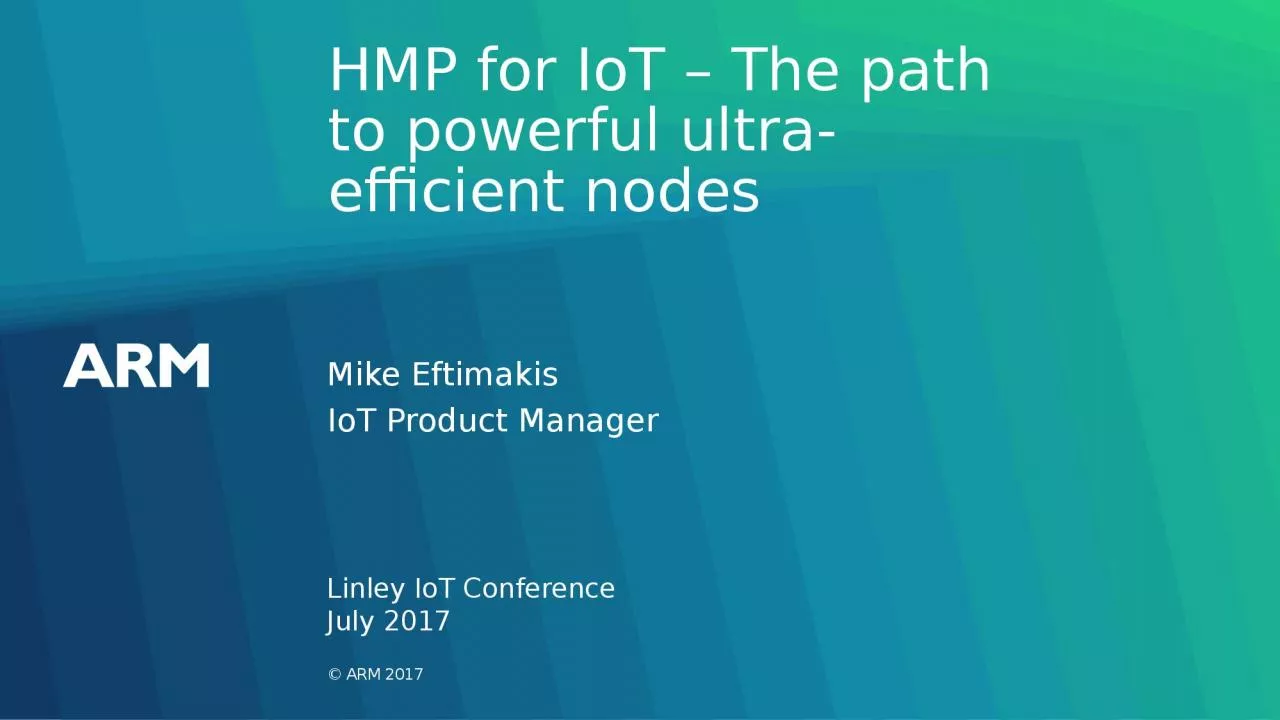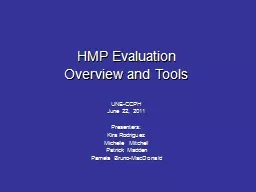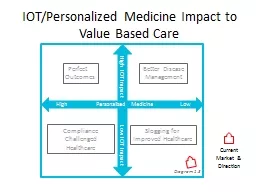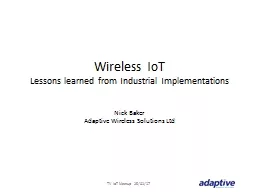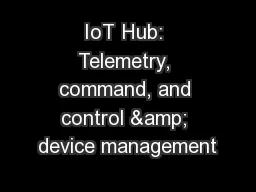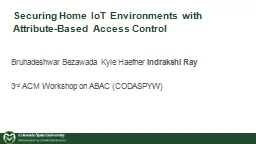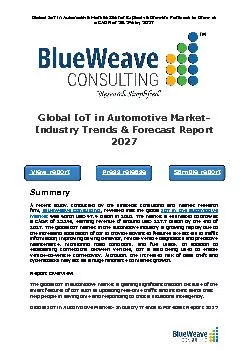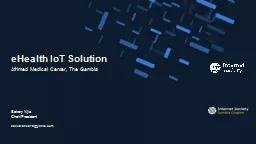PPT-HMP for IoT – The path to powerful ultra-efficient nodes
Author : payton | Published Date : 2022-06-28
Mike Eftimakis Linley IoT Conference IoT Product Manager July 2017 Agenda What is HMP HMP for IoT System design considerations What is HMP What is HMP MCU CPU
Presentation Embed Code
Download Presentation
Download Presentation The PPT/PDF document "HMP for IoT – The path to powerful u..." is the property of its rightful owner. Permission is granted to download and print the materials on this website for personal, non-commercial use only, and to display it on your personal computer provided you do not modify the materials and that you retain all copyright notices contained in the materials. By downloading content from our website, you accept the terms of this agreement.
HMP for IoT – The path to powerful ultra-efficient nodes: Transcript
Download Rules Of Document
"HMP for IoT – The path to powerful ultra-efficient nodes"The content belongs to its owner. You may download and print it for personal use, without modification, and keep all copyright notices. By downloading, you agree to these terms.
Related Documents

